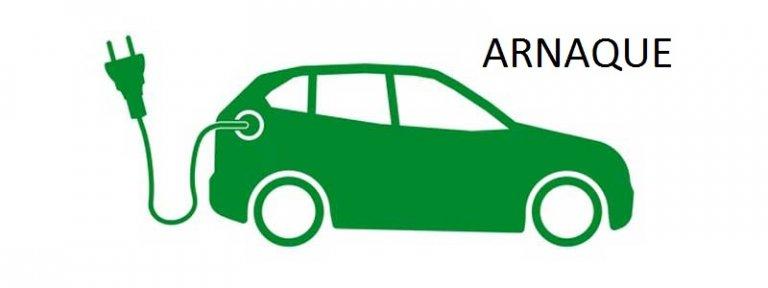The British startup ZipCharge has just presented an original solution to avoid getting stuck with your electric car. Thanks to an external battery, it will be possible to cover a few additional tens of kilometers after 30 to 60 minutes of connection.
The significant efforts to deploy charging stations throughout France should reassure us for medium and long distance trips. This is not really the case when you realize that the stations which were often deserted in the past are receiving more and more visits. To the point that the duration of the journeys can lengthen significantly.
One could imagine that the ZipCharge Go external battery, whose main interest would be to improve the autonomy of poorly equipped electric vehicles, arrives a little too late. However, this is not at all the case when all the possibilities of exploitation are listed.
From 30 to 60 km of autonomy
Two models could be available from the end of next year. They would be able to provide a surplus of autonomy of the order of 30 or 60 kilometers. This would suppose that they carry a pack with a usable energy capacity of around 3-4 and 7-8 kWh respectively.
These external batteries will come in the form of a suitcase with wheels and a telescopic handle to slip into the trunk of the car before hitting the road. The smallest model, however, would weigh a good twenty kilos.
“Charge your vehicle’s battery where you park it,” ZipCharge announces to promote its solution.
How does it work?
Before traveling in an electric or plug-in hybrid car, you will of course have to think about regenerating the external battery. On a domestic outlet, the operation should not take more than 2 hours with the small model, and double for the other.

As with more and more connected vehicles, an application is provided to manage and program the charging of this energy bank remotely.
On the road, if necessary, simply connect the device to the vehicle's Type 2 socket. Between 30 and 60 minutes would be enough to find enough to continue on your way, either to reach your destination or to reach a charging station.
Regular applications possible
With ZipCharge Go, it is possible to imagine a large number of possible uses. Thus electric motorists who do not have access to charging at home could regenerate the external battery during off-peak hours and then connect it to the vehicle once they arrive at the workplace.
It would also succeed in doubling, at best, the range of many plug-in hybrid models.
It could also be made available to their customers by hotels and restaurants that do not have the possibility or do not wish to have a fixed charger installed in their establishments. Dealers would find in this solution a surplus of energy to test their plug-in vehicles at various exhibitions.
As an emergency
When you have to reach or cross an area that is poorly equipped with terminals, this device would be used to add autonomy to find an available infrastructure further away. He would avoid getting stuck when arriving in front of a broken down public charger.
The ZipCharge Go would also make travel planning easier. So when the place you plan to reach during lunch is not equipped for charging. Or that it is estimated that the available stations might be saturated.
For a taxi or VTC driver, the device could be used to increase the autonomy of the vehicle while waiting for a customer. In some cases, its use would avoid having to go to a public terminal.
Facilitate access to electric vehicles…
ZipCharge assures that its equipment would be conducive to facilitating the transition to electromobility by motorists suffering from "range anxiety", that is to say the fear of not having sufficient autonomy. The presence of the external battery could actually play a reassuring role.
As for prices, the startup does not display anything specific. But she assures that the price of her equipment will be similar to that of installing a wallbox at home.
… or the switch to renewable energies
The young British company has also planned to operate its external charger outside of mobility. Thus by integrating it into a domestic system of electricity production from renewable sources.
During sunny phases for photovoltaics, or with sufficient air movement for wind power, it would be possible to regenerate the ZipCharge Go. Software in a cloud environment would offer the possibility of reinjecting energy into the grid at full hours.
A possible scenario under conditions and which should be financially assessed beforehand. “By recharging little, but often, you will help balance the local network and reduce demand peaks”, justifies the startup.
Author's opinionI personally welcome the arrival on the market of such an external battery that the multiplicity of possible uses justifies.
However, I hope that the equipment will be able to become compatible with Type 1 connectors. The vehicles that are equipped with them and are on the road today are most often among those with the shortest ranges.
The adoption of an adapter should not be too difficult. More generally, it is the impression of increasingly excluding a good number of electromobilists that bothers me. And this because the vehicles for which they still have to pay off credits for years have less common connectors.
Spreading a unifying message to facilitate the transition to electric mobility cannot be completely credible if exclusions are generated on the other side.
Philippe SCHWOERER
Medical deserts, public services: what assessment of Macron on rurality?
The best phones in 2021 for photos and video
What is the best Oppo smartphone to choose?
Good Plan: the recap of 4G packages on sale